Greece has given the world more than just democracy and philosophy – it’s also home to some of the most delicious desserts on the planet. From honey-soaked pastries to creamy custards, Greek sweet treats combine simple ingredients with centuries-old techniques to create unforgettable flavors. Whether you’re planning a trip to Greece or just want to expand your dessert horizons, these 15 traditional Greek sweets will transport your taste buds straight to the Mediterranean.
1. Baklava: The Crown Jewel of Greek Pastries
Nothing says Greek dessert quite like baklava. This masterpiece features dozens of paper-thin phyllo sheets layered with chopped walnuts or pistachios, then baked to golden perfection.
After baking, the warm pastry gets drenched in a fragrant honey syrup that seeps into every layer, creating that signature sticky sweetness. The contrast between the crispy pastry, crunchy nuts, and sweet syrup makes each bite an adventure in texture.
Family recipes for baklava are treasured possessions, often passed down through generations with slight variations in spices or nut mixtures that make each version unique.
2. Galaktoboureko: Custard Heaven Wrapped in Gold
Imagine the creamiest custard you’ve ever tasted, wrapped in crispy phyllo dough and soaked in a lemon-scented syrup. That’s galaktoboureko – a dessert that manages to be both comforting and elegant at the same time.
The semolina custard filling has a silky texture that practically melts on your tongue. Greek grandmothers take pride in achieving the perfect consistency – firm enough to hold its shape when sliced but soft enough to feel luxurious.
The bright notes from the lemon syrup cut through the richness, creating a balanced dessert that’s surprisingly light despite its decadent appearance.
3. Kourabiedes: Snowball Cookies That Melt in Your Mouth
During Christmas and special celebrations, Greek tables are adorned with these buttery almond shortbread cookies buried under mountains of powdered sugar. Kourabiedes look like little snowballs but taste like pure butter heaven.
The secret to perfect kourabiedes lies in the butter quality and the toasting of the almonds, which releases their essential oils. Some bakers add a splash of brandy or ouzo for an extra flavor dimension that pairs beautifully with the nuttiness.
Be warned – it’s impossible to eat these without getting powdered sugar everywhere, but Greeks consider this part of their charm!
4. Loukoumades: Honey Puffs From the Gods
Ancient Olympic winners were rewarded with these golden fried dough balls, and one bite explains why they were considered worthy of champions. Loukoumades are crispy on the outside, airy on the inside, and completely irresistible.
Street vendors throughout Greece serve these treats hot, drizzled with honey syrup and sprinkled with cinnamon and crushed walnuts. The dough is carefully prepared and allowed to rise until it achieves the perfect lightness.
Modern versions might include chocolate sauce or ice cream, but purists insist the traditional honey-soaked version with its simple garnish of cinnamon and nuts can’t be improved upon.
5. Halva: The Semolina Sweet That Conquered the Mediterranean
Simple yet spectacular, halva transforms basic semolina into a dessert fit for royalty. The grains are toasted in oil until golden, then simmered with honey or sugar syrup until they absorb all the sweetness.
Cinnamon and cloves add warmth while nuts provide texture to this dense, satisfying treat. The dessert is typically cut into diamond shapes, making it as visually appealing as it is delicious.
Greeks often serve halva during fasting periods since traditional versions contain no dairy or eggs. The dessert’s modest ingredients belie its complex flavor profile – proof that Greek cuisine excels at creating extraordinary dishes from ordinary components.
6. Spoon Sweets: Preserved Fruits That Welcome Guests
Walk into any Greek home, and you’ll likely be offered a tiny spoon of glistening preserved fruit alongside a glass of cold water. This tradition of hospitality dates back centuries and remains a cherished custom throughout Greece.
Seasonal fruits like sour cherries, bergamot, fig, or even whole walnuts are carefully preserved in thick syrup. The slow cooking process transforms the fruits into jewel-like confections that maintain their shape while developing concentrated flavors.
Beyond their role as welcome treats, these preserves make wonderful toppings for yogurt or ice cream. Some varieties, like rose petal spoon sweets, are so special they’re reserved for important celebrations.
7. Greek Yogurt with Honey and Nuts: Simple Perfection
Sometimes the simplest combinations create the most memorable flavors. Thick, tangy Greek yogurt drizzled with golden honey and topped with crunchy walnuts or pistachios is breakfast, dessert, and snack all in one perfect bowl.
Greek yogurt is famously thick – strained to remove excess whey, creating a protein-rich base with a luxurious texture. Local honey varieties like thyme or pine honey add distinct flavors based on what flowers the bees visited.
This combination appears at breakfast tables and as a light dessert option. Many Greeks believe this simple dish promotes longevity, pointing to the numerous centenarians in regions where this combination is enjoyed daily.
8. Bougatsa: The Breakfast Pastry That Doubles as Dessert
Morning markets across Greece fill with the irresistible aroma of bougatsa being freshly baked. This beloved pastry features a creamy semolina custard wrapped in paper-thin phyllo dough, then dusted generously with powdered sugar and cinnamon.
Skilled bougatsa makers stretch the dough by hand until it’s nearly transparent before folding it around the custard filling. The contrast between the crispy exterior and smooth interior makes each bite a textural delight.
While traditionally enjoyed as breakfast with strong Greek coffee, bougatsa makes an equally satisfying dessert. Regional variations exist – Thessaloniki is famous for its bougatsa, where specialized shops have been making it the same way for generations.
9. Melomakarona: Christmas Cookies Soaked in Holiday Spirit
The scent of cinnamon, orange, and honey fills Greek homes during Christmas when trays of melomakarona appear in every household. These oval-shaped cookies have a unique texture – simultaneously soft and slightly chewy from their honey syrup bath.
Made with olive oil instead of butter, melomakarona have a distinctive flavor profile enhanced by orange zest, cinnamon, and cloves. After baking, they’re briefly soaked in honey syrup before being topped with crushed walnuts.
Greeks take pride in their melomakarona recipes, often competing for whose version is most authentic. The cookies improve with age, developing deeper flavors after a few days, though they rarely last that long before being devoured!
10. Karydopita: The Walnut Cake That Drinks Its Syrup
Walnuts star in this incredibly moist, deeply spiced cake that showcases Greece’s love affair with syrup-soaked desserts. Karydopita’s rich brown color comes from the abundance of walnuts and warm spices like cinnamon and cloves.
The magic happens after baking when the hot syrup is poured over the cake, transforming it from a simple spice cake into something extraordinary. The cake absorbs the syrup like a sponge, becoming incredibly moist without getting soggy.
Traditionally served in small diamond-shaped pieces alongside strong Greek coffee, karydopita offers a perfect balance of sweetness and nuttiness. Some regions add a splash of cognac or brandy to the batter for extra depth.
11. Amygdalopita: The Almond Cake That Celebrates Simplicity
Ground almonds form the heart of this gloriously moist, gluten-free cake that’s been part of Greek celebrations for centuries. Amygdalopita has a dense, almost fudgy texture that comes from the high proportion of almonds to flour.
Orange or lemon zest brightens the almond flavor, while a generous soaking in fragrant syrup ensures each slice practically melts in your mouth. The cake is often topped with slivered almonds before baking, creating a beautiful contrast of textures.
Islanders serve amygdalopita at weddings and baptisms, where the cake’s pure white interior symbolizes good fortune. The dessert’s naturally gluten-free nature makes it a modern favorite for those with dietary restrictions.
12. Moustalevria: The Grape Must Pudding of Harvest Season
When grape harvest arrives in early autumn, Greeks celebrate with this ancient dessert made from fresh grape must. Moustalevria captures the fleeting sweetness of just-pressed grapes in pudding form.
The fresh grape juice is gently simmered with flour until it thickens into a silky pudding, then flavored with cinnamon, sesame seeds, and sometimes walnuts. The natural sugars in the grapes provide all the sweetness needed.
Families gather to make moustalevria as part of the grape harvest traditions, with recipes varying from island to mainland. This seasonal treat connects modern Greeks to their ancient ancestors, who made similar desserts thousands of years ago during Dionysian festivals.
13. Diples: Honey-Drenched Ribbons of Celebration
Named for the Greek word meaning “folded,” these delicate pastries are works of culinary art. Thin sheets of dough are expertly rolled, folded, and fried until they form crispy golden ribbons or spirals.
The real magic happens when the hot diples are drizzled with honey syrup, which clings to every curve and fold. A final sprinkle of cinnamon and chopped nuts adds color and texture to these festive treats.
Traditionally served at weddings and baptisms, diples symbolize happiness and sweetness in life. Making them requires skill – the dough must be rolled paper-thin and fried at exactly the right temperature to create their signature bubbled texture and delicate crunch.
14. Portokalopita: The Orange Phyllo Cake That Defies Gravity
Who would think to put torn phyllo sheets into cake batter? Greeks would – and the result is portokalopita, a mysteriously light yet substantial orange-infused dessert unlike anything else.
Dried phyllo scraps are mixed directly into orange-scented batter, where they seem to disappear during baking only to create a uniquely textured cake. After baking, the entire creation is soaked in citrus syrup, which the phyllo-enriched cake absorbs completely.
The bright orange flavor comes from both juice and zest, making this a refreshing option after a heavy meal. Some island versions add a touch of mastic, the aromatic resin that grows primarily on Chios, for a subtle pine note.
15. Revani: The Semolina Cake That Drinks Its Syrup
Bright citrus notes shine in this sunny semolina cake that’s a staple at Greek celebrations. Revani’s distinctive texture comes from semolina flour, which gives it a slight graininess that’s absolutely perfect for absorbing sweet syrup.
Orange zest perfumes the simple batter, while some versions incorporate yogurt for extra tenderness. After baking to golden perfection, the cake is immediately soaked with citrus-scented syrup, which it drinks up eagerly.
Originally brought to Greece through Ottoman influence, revani has been embraced and adapted into something uniquely Greek. Some regions top it with coconut, while others prefer crushed pistachios or almonds for a decorative and delicious finishing touch.


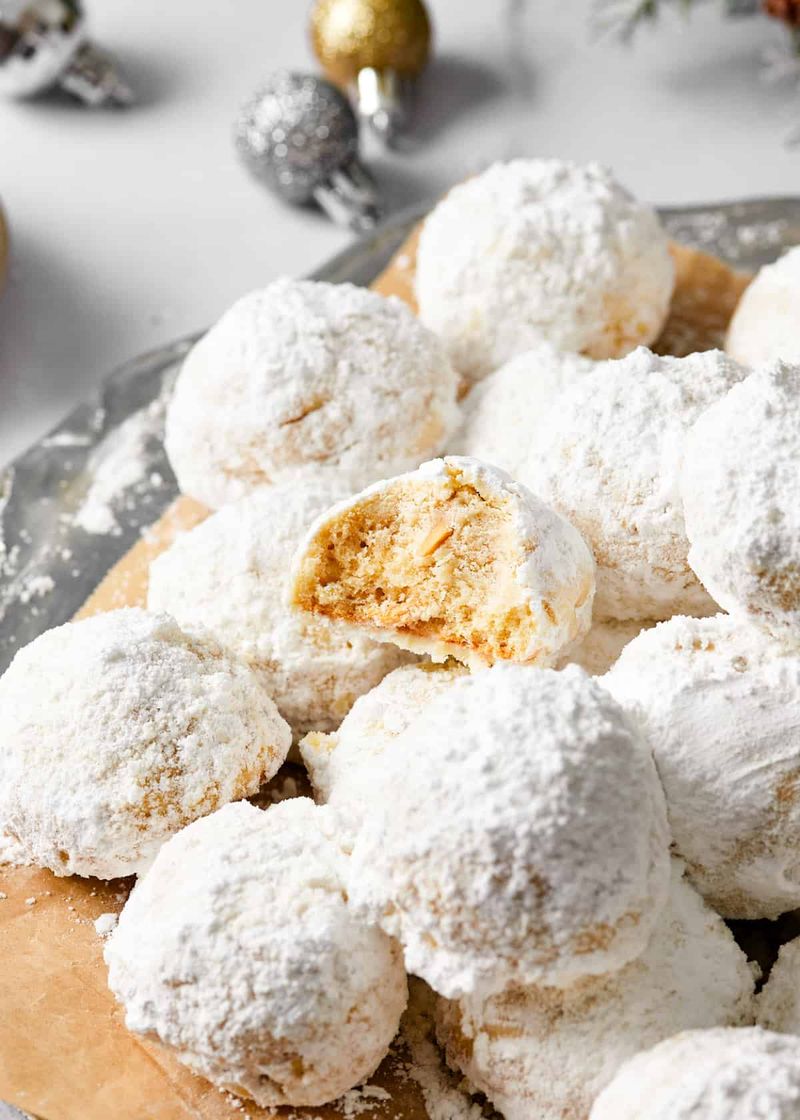
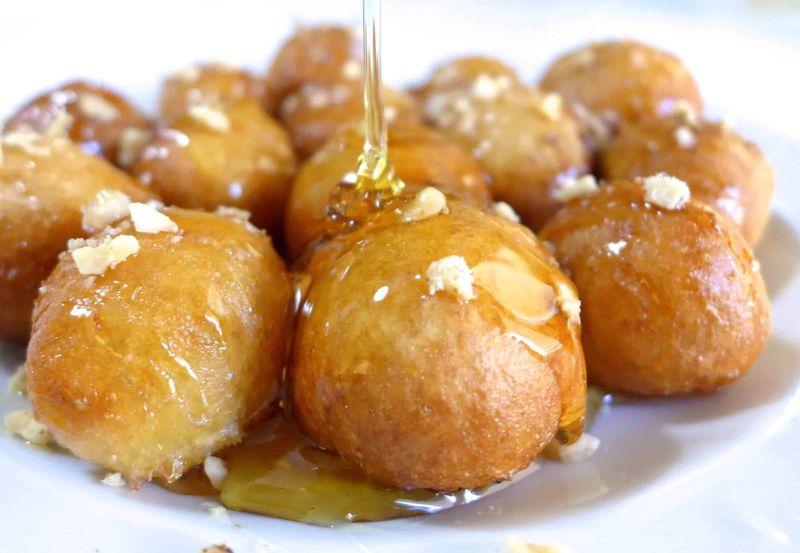
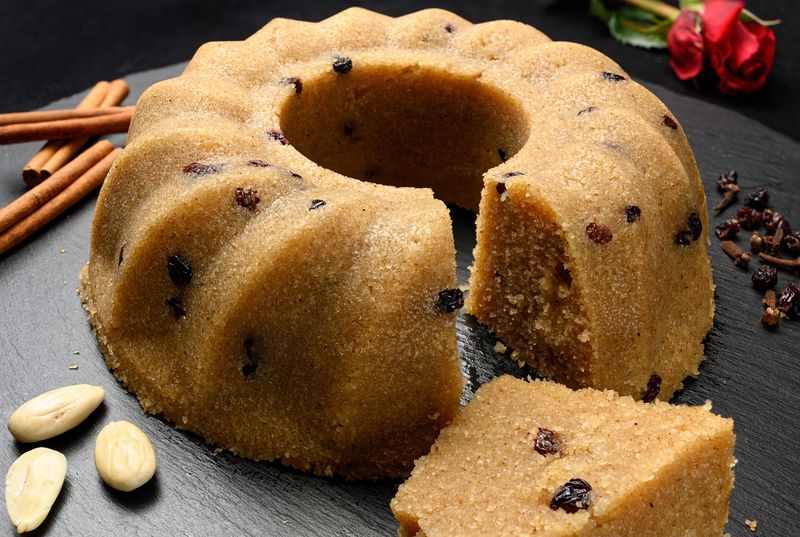
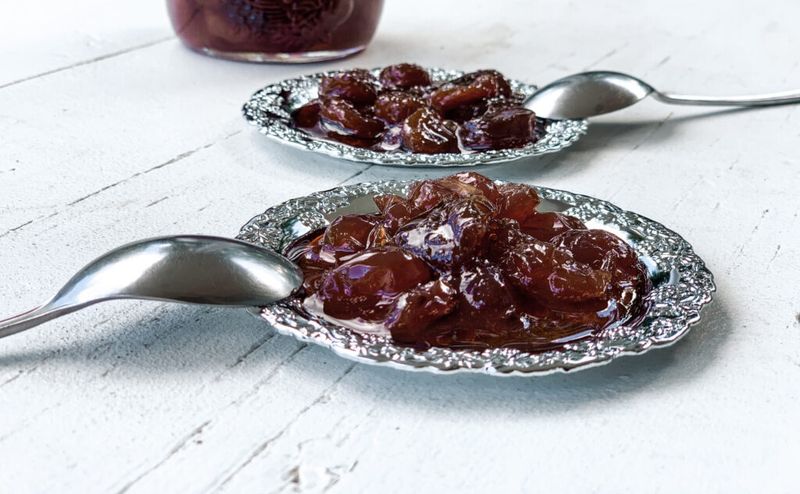
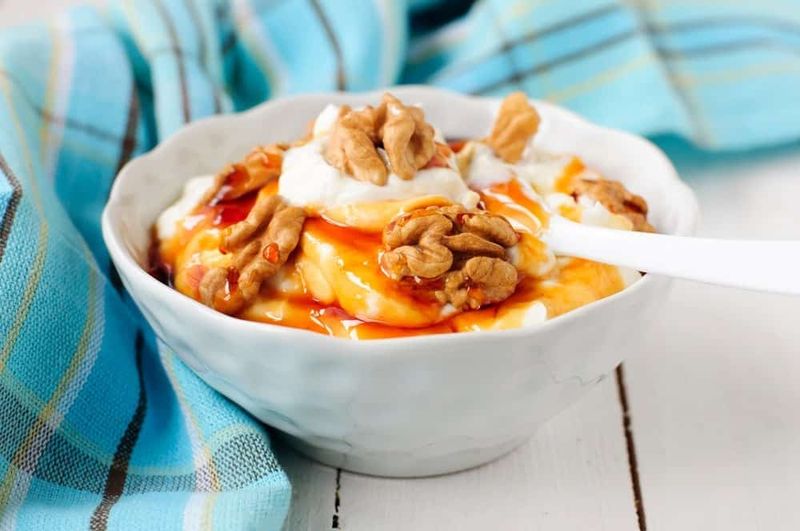
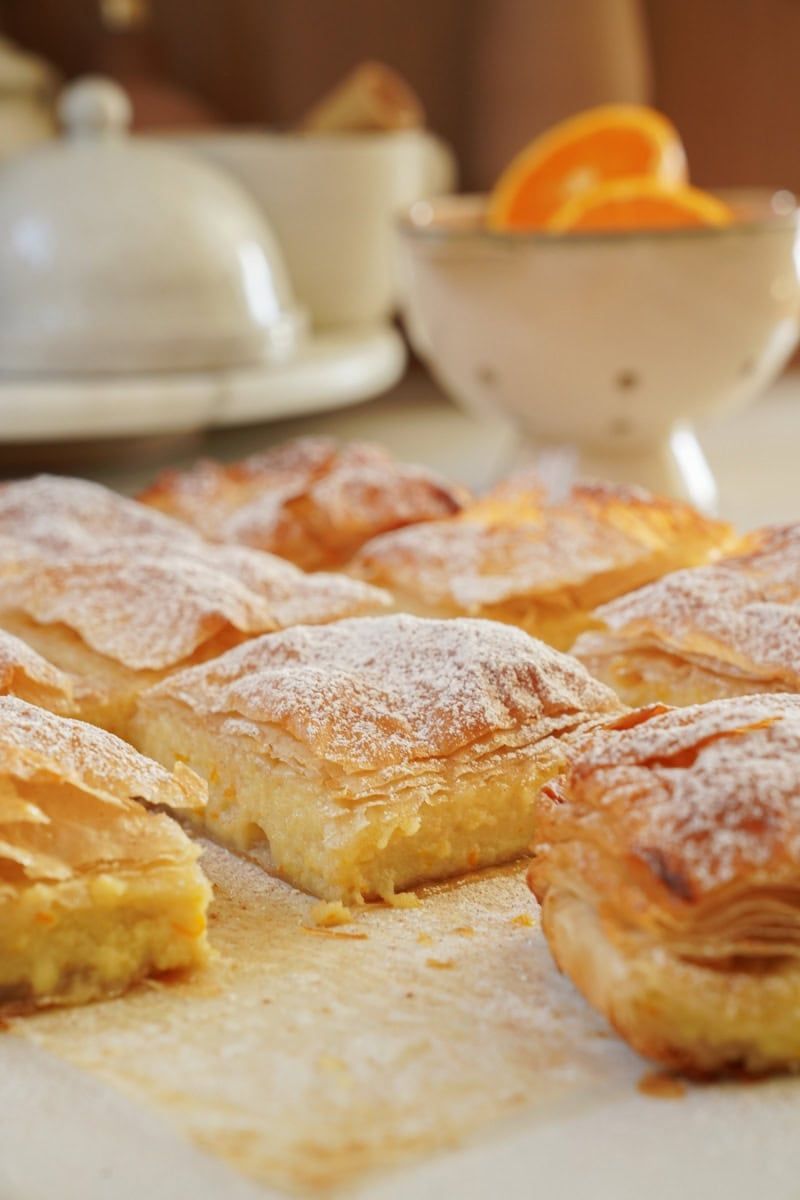
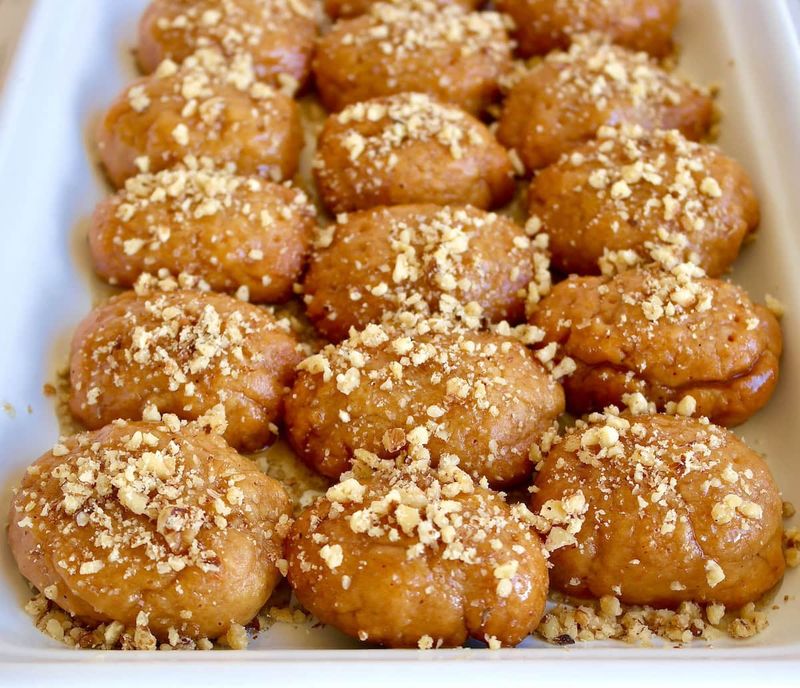
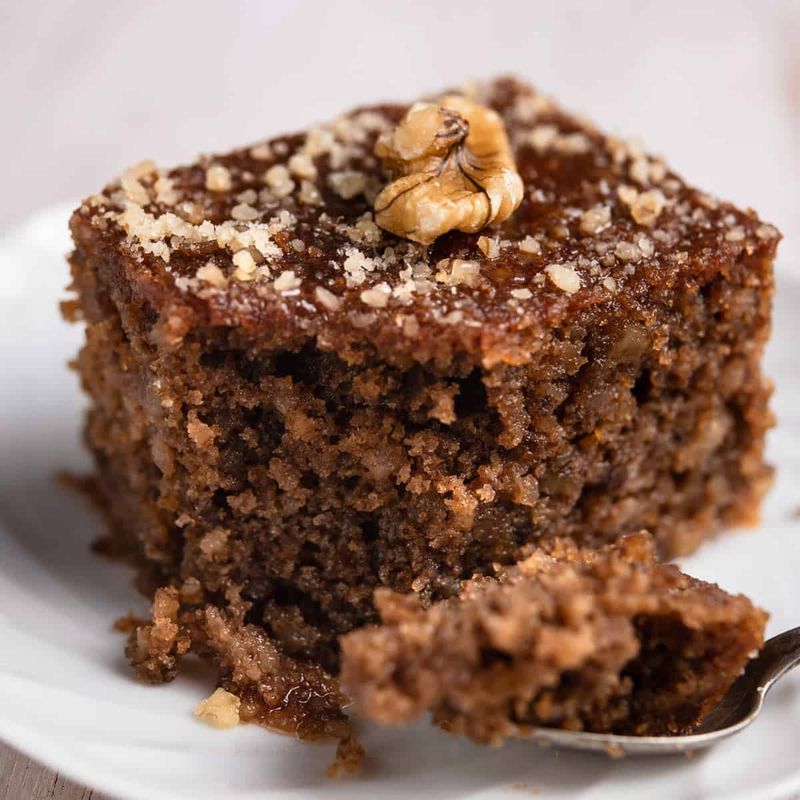
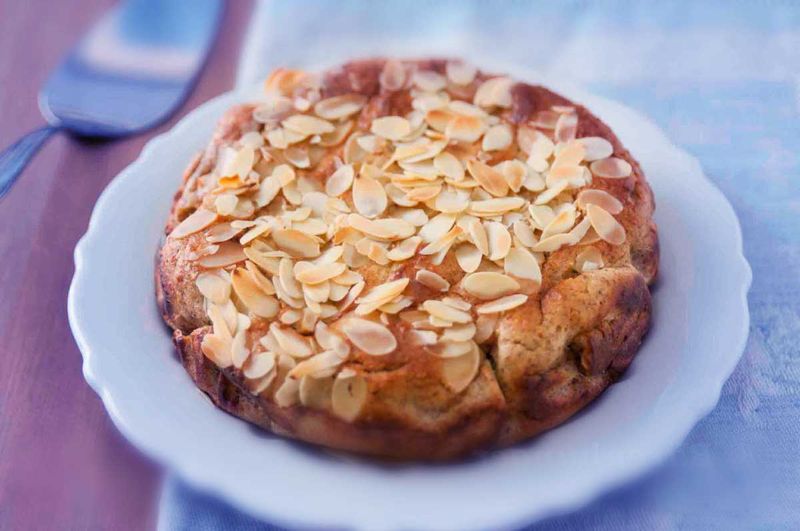
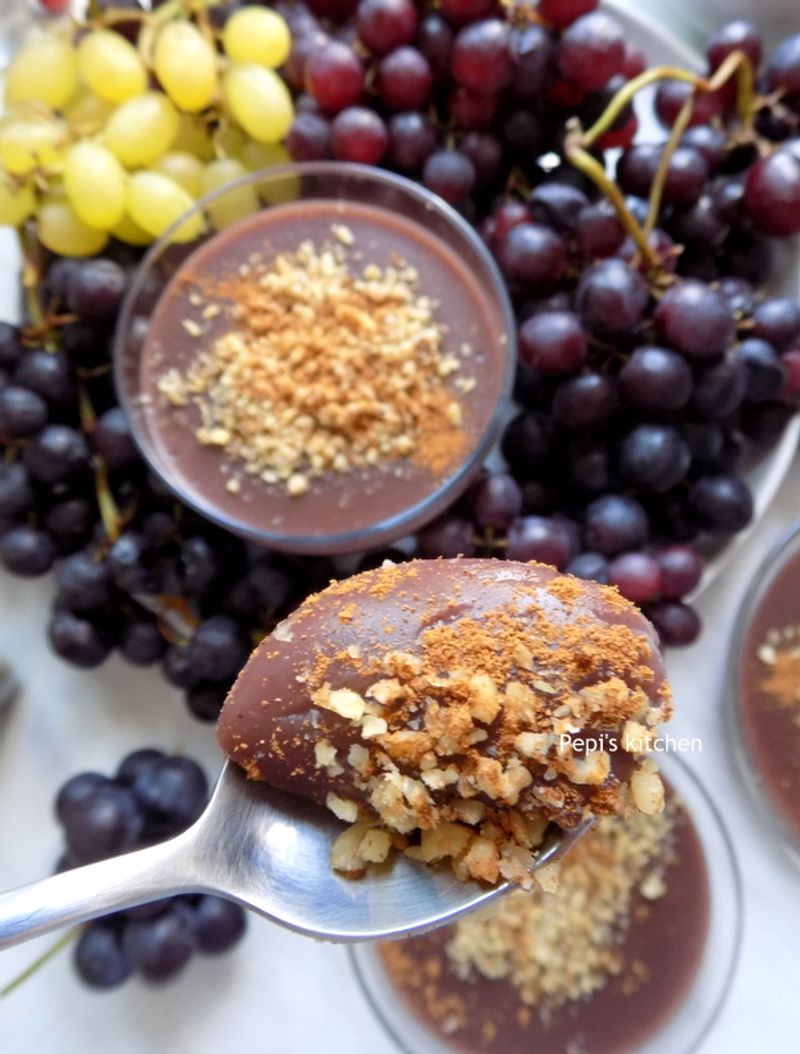


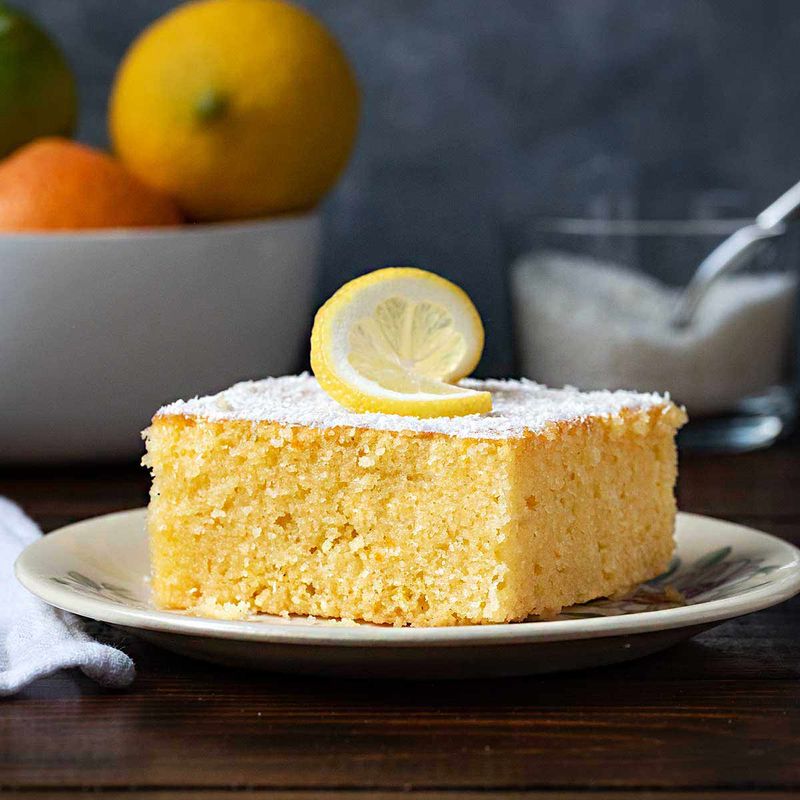
Leave a comment